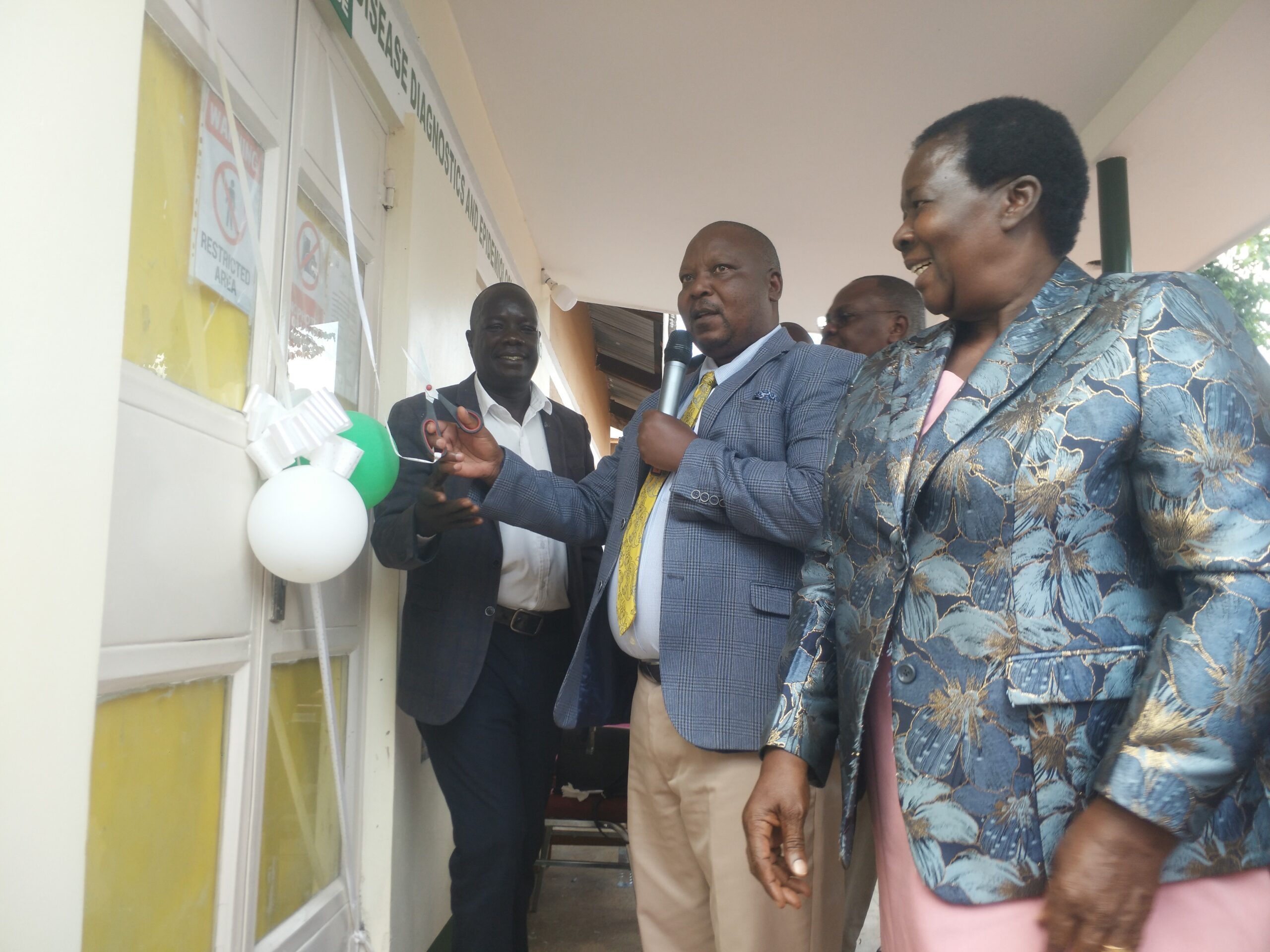GULU, August 5, 2025 – The Gulu Regional Animal Disease Diagnostics & Epidemiology Centre [GRADDEC] was commissioned last week in Gulu district, aimed at bringing timely veterinary services closer to livestock farmers in the Acholi Subregion.
The facility was supported by multiple partners, including Baylor, the Monitoring of Ticks and Acaricide Resistance Laboratory Network [MoTAR], Global Alliance for Livestock Veterinary Medicines [GALVmed], and Makerere University College of Veterinary Medicine, Animal Resources and Bio-Security [COVAB Makerere], in collaboration with the Ministry of Agriculture, Animal Industry and Fisheries [MAAIF].
Previously, officials from the region were required to travel to Entebbe to access laboratory services, an arrangement that involved significant transport and logistical costs. This new laboratory centre is expected to serve all eight districts in the Acholi Subregion: Agago, Amuru, Gulu, Kitgum, Lamwo, Nwoya, Pader, and Omoro, as well as Gulu City.
Omara Emmanuel Pacotto, Acting Production and Marketing Officer for Gulu district, said the facility will also help generate revenue as livestock farmers seek veterinary services.
“For a long time, we have operated with limited staff in the livestock sector. Gulu district has only four extension workers across 11 sub-counties, serving approximately 10,000 livestock farmers. We need more staff,” Omara said.
He added that the laboratory would help boost the commercialisation of livestock farming in the region, which has been positively impacted by government initiatives such as the Parish Development Model [PDM].
“We’ve been overwhelmed by government programmes like the PDM, where 90 percent of the beneficiaries are now engaged in livestock farming. We believe this facility will be crucial in supporting them, though more personnel are urgently needed,” he added.
Geofrey Kinyera, a Laboratory Technician, noted that the new centre can handle up to 50 clients daily. He said it will greatly reduce delays that occurred when samples had to be transported to Entebbe or Kampala for analysis.
Kinyera further revealed that the government is working towards accrediting the new centre, which would make it one of only three officially recognised animal laboratories in Uganda.
He urged Gulu Local Government to prioritise the fencing of the facility. “The centre still lacks a proper fence. We are appealing to Gulu Local Government to allocate funding for this,” he said. Gulu district has allocated Shs 22 million in its budget to ensure the smooth operation and functionality of the centre
Dr Tonny Aliro, former Gulu District Veterinary Officer, called on those managing the laboratory to ensure it delivers timely and reliable results to farmers.
Christopher Oketayot, Deputy Chief Administrative Officer [CAO] for Gulu district, pledged to work with other authorities to recruit the necessary technical personnel to ensure the facility operates efficiently.
Oketayot also expressed gratitude to the project partners, urging continued collaboration to further strengthen the livestock sector in the Acholi Subregion.
Maxwell Otim, Commissioner in charge of Entomology at MAAIF, encouraged farmers to embrace modern livestock farming methods to improve their household incomes.
“You need to change your mindset, shift from subsistence to commercial farming so that you can have money in your pockets,” he said.
He also urged district veterinary officers [DVOs] and agricultural extension workers to continue supporting farmers at the grassroots level to minimise losses and maximise gains in livestock production.
While commissioning the facility as the Chief Guest, Gulu District Resident Commissioner [RDC], John Bosco Tumwesigye, praised the Government of Uganda through MAAIF for its support in establishing the laboratory.
Tumwesigye urged local communities to embrace government wealth creation initiatives such as Operation Wealth Creation and the PDM.
“Every homestead should engage in income-generating activities. Each family needs a sustainable daily source of income,” he said.
According to the 2021 National Livestock Census conducted by the Uganda Bureau of Statistics [UBOS] in collaboration with MAAIF, Uganda had a total cattle population of 14.5 million. The Northern Region, including Karamoja, accounted for approximately 2.4 million cattle, representing 17 percent of the national total.
Buy your copy of thecooperator magazine from one of our country-wide vending points or an e-copy on emag.thecooperator.news
